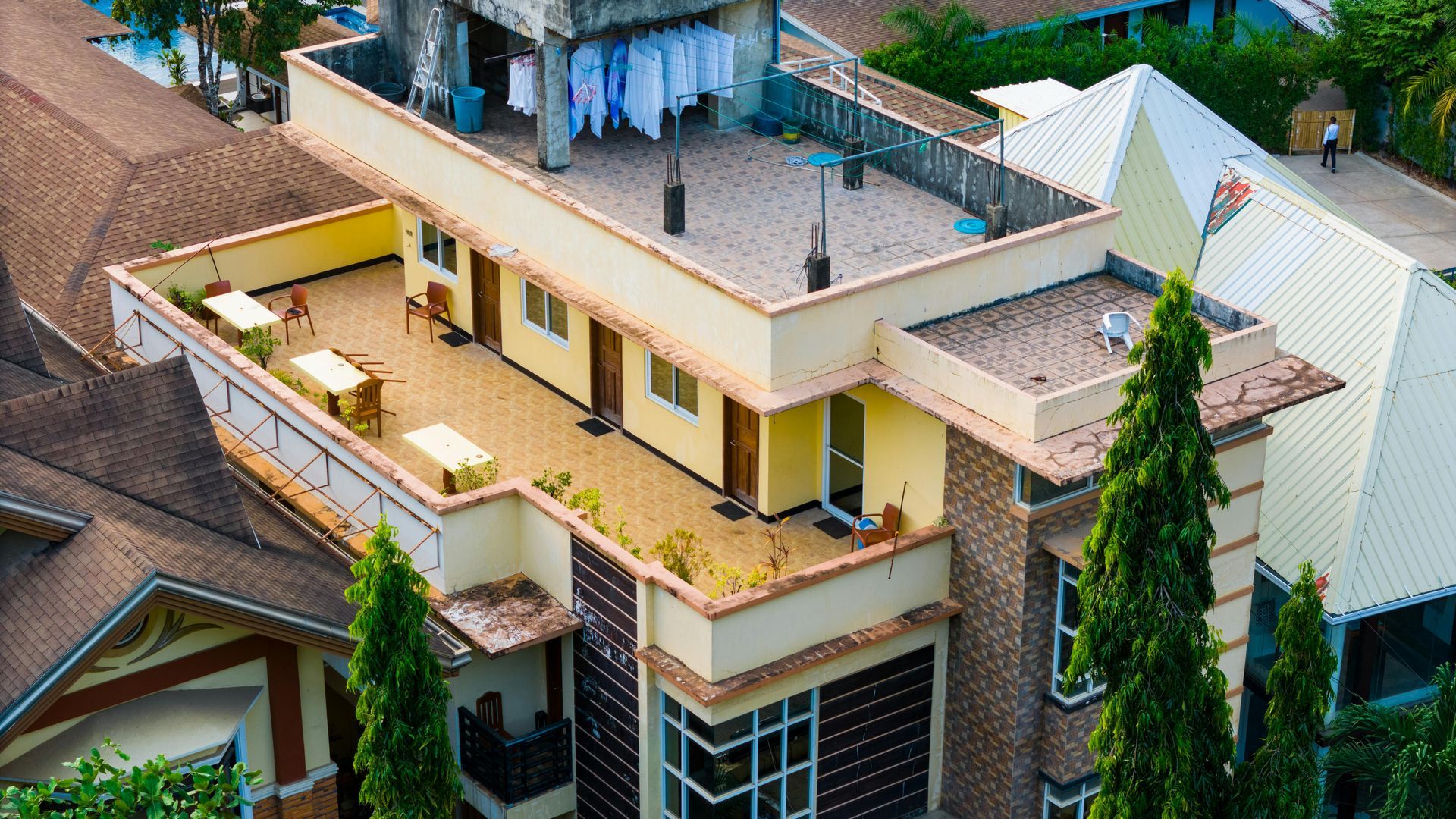
Labor is back in power — and promising to fix housing affordability. But could their good intentions actually make things worse?
Let’s break it down…
The Problem? Demand Is Being Turbocharged Without Matching Supply
- Labor is backing first-home buyers with low deposits and shared equity.
- At the same time, migration is staying high — 1.8 million newcomers expected in 5 years.
- Meanwhile, builders are going bust, tradies are scarce, and we’re not building nearly enough homes.
More people + same (or fewer) houses = higher prices and rents.
Labor promises:
- 30,000 affordable homes (over 5 years)
- 100,000 homes via federal-state partnerships
But we need at least 240,000 homes per year — and we’re only building ~170,000.
Worse still:
- Construction costs have jumped 30%+
- Skilled trades are tied up in public infrastructure, not housing
- Councils block developments with red tape
Structural Issues Being Ignored
- Huge taxes on developers make new homes more expensive
- States push infrastructure costs onto builders and buyers
- Apprenticeships are down and we aren’t bringing in enough skilled migrants
Net result? More pressure. Less supply.

What Should Change?
To truly fix housing, we need:
- Faster planning approvals
- Smarter zoning for high-density areas
- More investment in build-to-rent
- Support for private investors, not penalties
Giving buyers more money without building homes just drives up prices for everyone.

Australia needs to build approximately 240,000 new homes annually to meet demand. However, current construction rates fall short, exacerbating the housing crisis. By investing in new builds, individuals contribute directly to increasing housing stock, helping stabilise prices and rents.
Investing in new homes isn't just about personal gain; it's about legacy. By increasing the housing supply, we ensure that future generations have access to affordable, quality homes. This proactive approach can prevent the housing challenges we're currently facing from persisting into the future.
Economic and Community Benefits
- Job Creation: Construction projects generate employment opportunities across various sectors.
- Economic Growth: Increased housing supply can stimulate economic activity and contribute to GDP growth.
- Community Development: New housing developments often come with improved infrastructure, schools, and amenities, enhancing community well-being.
Government's Role in Supporting Housing Development
The Australian government has introduced several initiatives to address the housing crisis:
- National Housing Accord: An agreement to build one million new well-located homes over five years from mid-2024.
- Housing Support Program: A $1.5 billion program to assist in achieving the National Housing Accord's targets.
- Housing Australia Future Fund: A $10 billion investment fund aimed at increasing the supply of social and affordable housing.
These measures are steps in the right direction, but more comprehensive actions are necessary to meet the growing demand.
A Call to Action
The housing crisis in Australia requires a multifaceted approach. While government policies set the framework, individual investors play a crucial role in actualising these goals. By choosing to invest in new builds, you're not only securing your financial future but also contributing to a solution that benefits the entire nation.
We love assisting new investors into the housing market especially if they prefer to buy new we can help with all the due diligence necessary to make an informed decision.
share to



